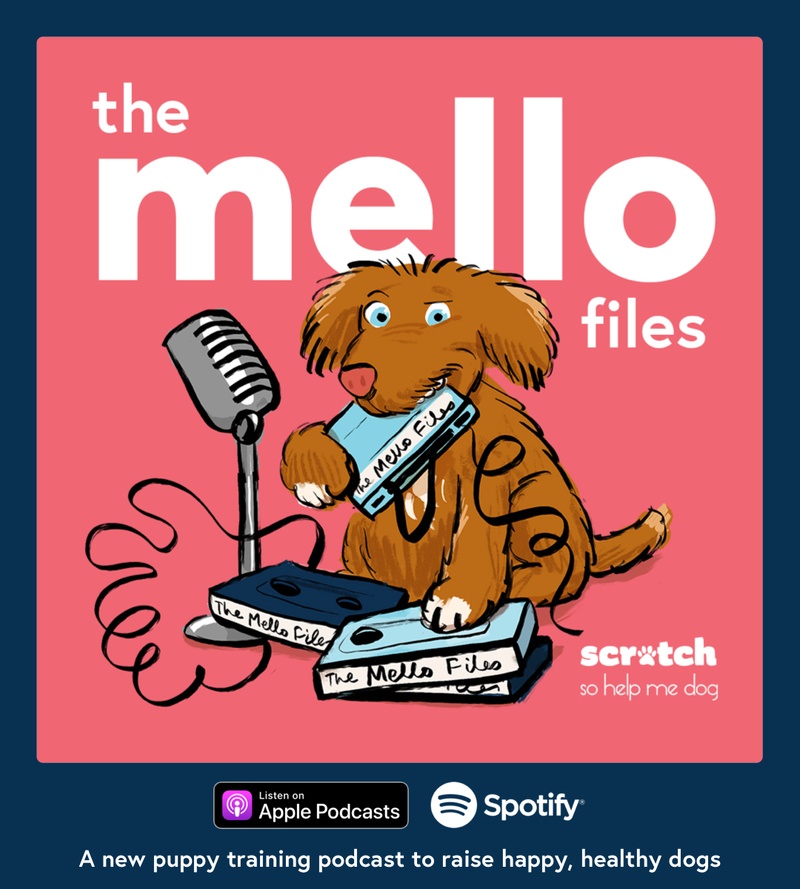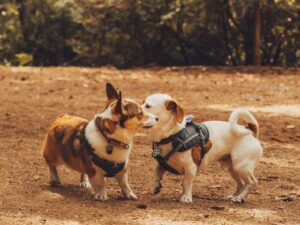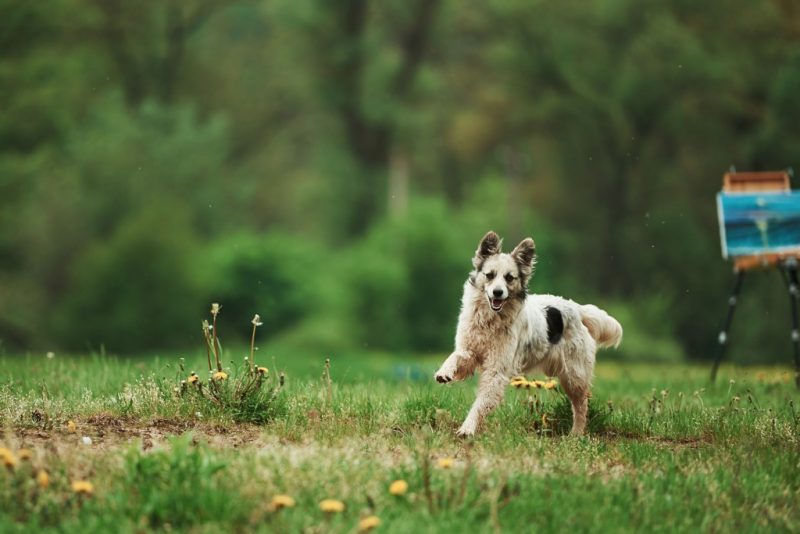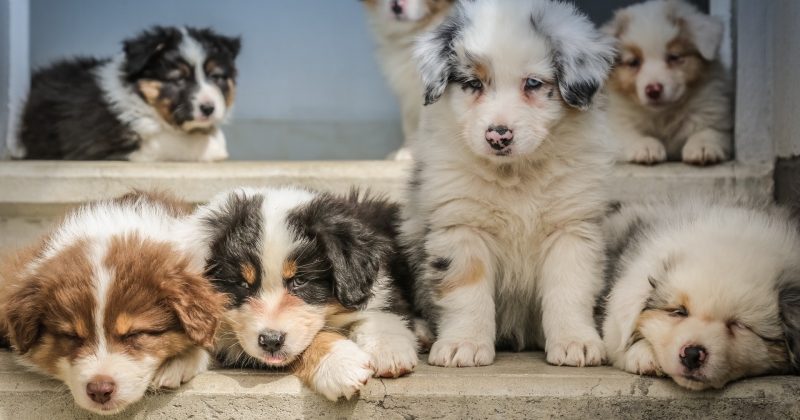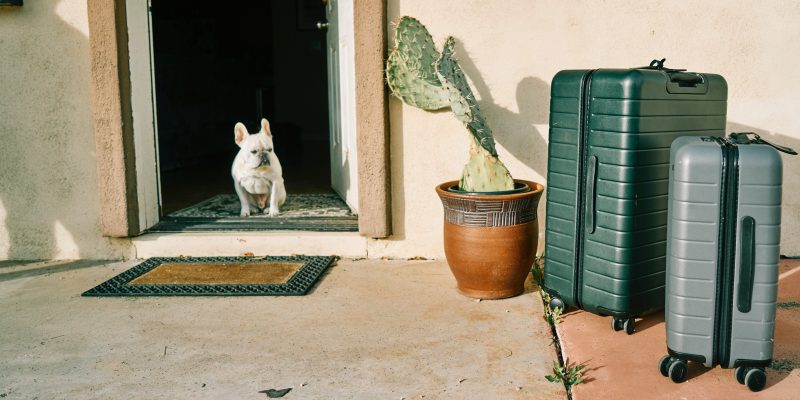It might feel like giving your puppy undivided attention is the right thing to do. But it’s important you help them learn to be as happy and comfortable without you, as they are with you.
How Do I Leave a Puppy Alone for the First Time?
Making sure your new dog isn’t overly distressed when you go out takes a bit of preparation. Here are some easy tips for how to leave a puppy alone without them feeling too sad:
- Provide a safe, secure space for them to rest.
- Leave for short periods of time at first, gradually building up to longer periods away.
- Desensitise them to triggers that indicate they’re going to be left alone. For example, put your shoes on but don’t go anywhere.
- Tire your dog out before leaving them alone either with training or exercise.
- Keep them busy when you’re out with a feeding puzzle, snuffle mat, or scatter/hide food around the house for them to find.
- Leave the radio, TV, or music on while you are away.
- Leave a piece of your clothing with them.
- Practice the STAY command so they are ok with you being at a distance.
- Encourage independent behaviours such as chewing, playing by themselves, resting and sleeping away from you.
- Film them when you’re out to see what they are doing when alone.
- Look into natural calming products or sprays such as ADAPTIL.
How Long Can a Puppy Be Left Alone During the Day?
Realistically, the answer depends on the age of your puppy. A good rule to start with is: puppies need an hourly toilet break for each month of age.
For example: a one month old puppy needs to go out every hour. A two month old puppy can hold for two hours.
If you will be away for longer see if a friend or neighbour can check in on them, organise a dog walker, or consider doggy day care. Of course these breaks aren’t just about using the bathroom, dogs also need company. So even if you are using pee pads or another system pets (even adults) shouldn’t be left alone for more than six to eight hours a day.
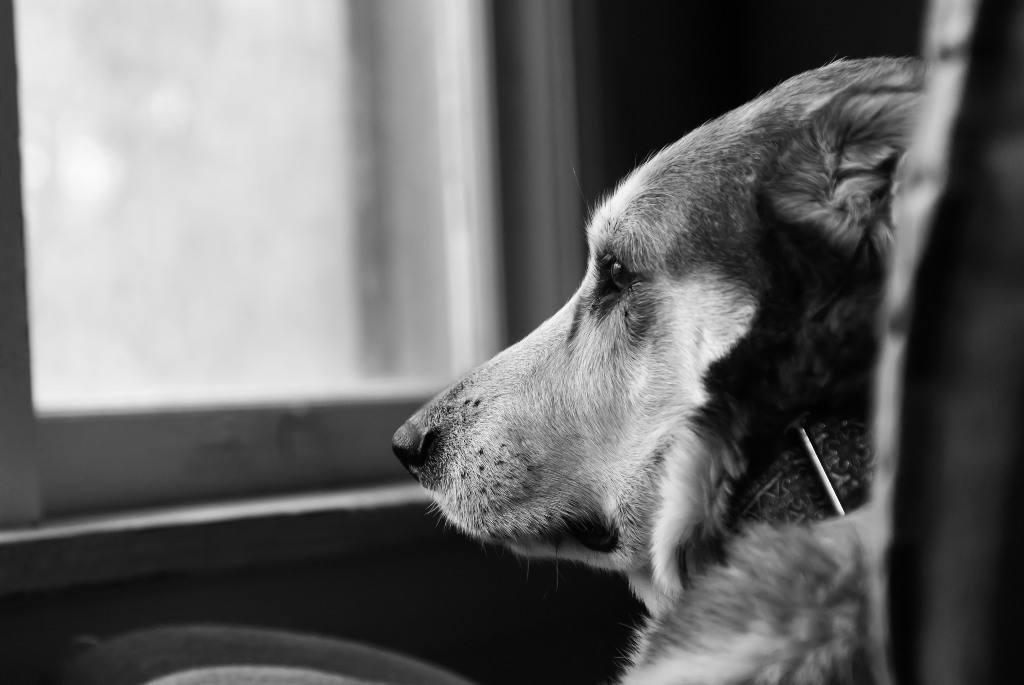
When Should You Start Leaving the Puppy Alone?
Your puppy can start getting used to alone time almost right away. But that doesn’t necessarily mean leaving them at home all day. Help them get used to you going out by practicing leaving the house for short periods. Put on your shoes, grab your keys, and head out for a new minute at a time. Build this up over days until you can leave for an hour.
Not only does this help them adjust to being alone, but it desentises them to the routine of you leaving.
Can I Leave My 2 Month Old Puppy Alone?
Yes, for short periods of time. The general rule is: puppies need an hourly toilet break for each month of age. So a two month old puppy should be ok to be left for two hours. But remember you need to build up to longer periods away. The first time you leave home without them shouldn’t be for an extended amount of time. Start with short trips and build up.
What Not to Do When You Leave a Puppy Alone for the First Time:
- Say a big goodbye or a big hello when you get home. Instead take your time and reward them when they are calm.
- Punish your dog for crying or barking.
- Leave in a rush–this can overwhelm them.
- Blindside them by throwing treats and running out the door as this will stress them out even more.
- Leave them in a crate or small pen if they are not very comfortable there.
- Get your dog a companion. Their separation issues are a result of being away from you, not just being alone.
- Think they will just get over it.
For more on puppies, check out:
What to Know about Bringing a Dog Home for the First Time


